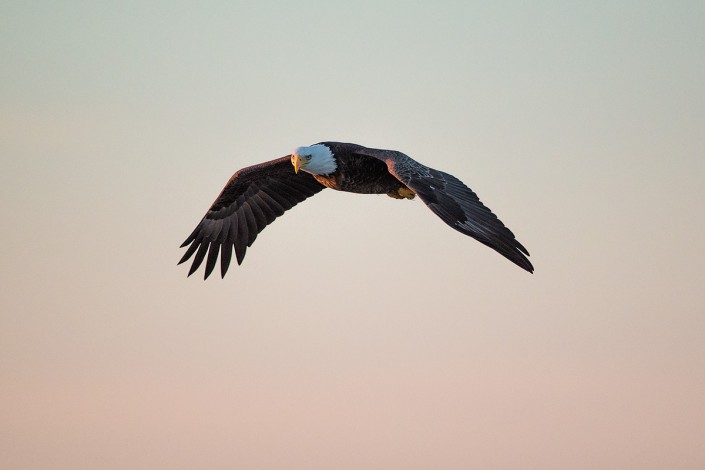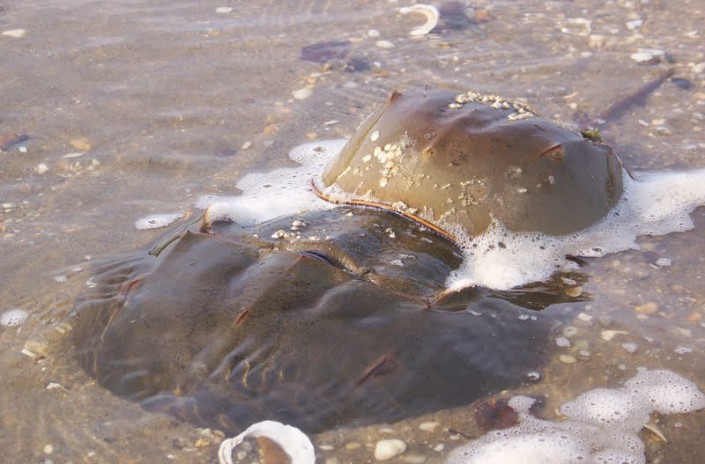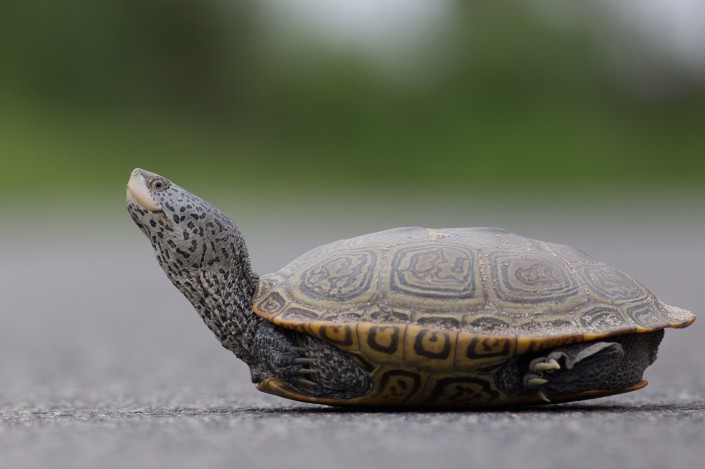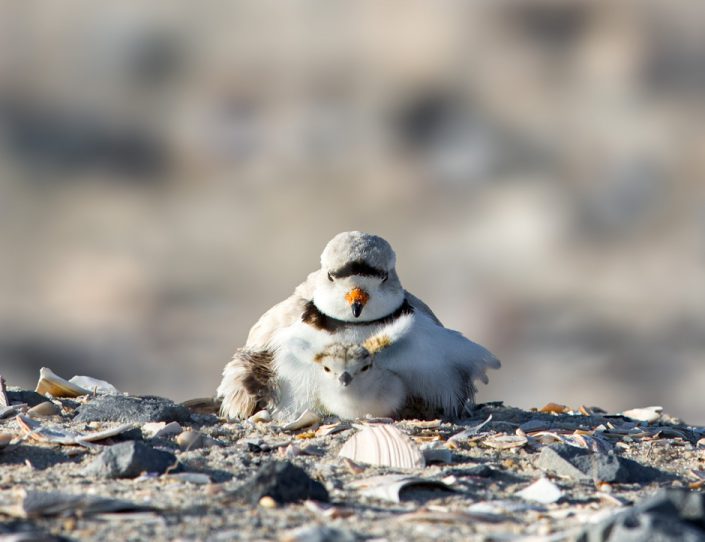Species on the Edge Art & Essay Contest Deadline Extended to March 20, 2021
by Ethan Gilardi, Wildlife Biologist
The deadline for the Species on the Edge Art & Essay Contest for New Jersey 5th grade students has been officially extended until March 20, 2021!
The deadline extension comes along with other rule changes made in an effort to make entering the contest easier for students in a virtual or hybrid learning environment. We understand that students may have trouble mailing their art to us from home, so we are also opening Species on the Edge to online submissions!
Students can now send us scans or digital photos of their artwork, their essays, and completed entry forms to us by email!
Online:
Email a scan/digital photo of your artwork, essay, and entry form to Ethan.Gilardi@conservewildlifenj.org.
By mail:
Mail your artwork, essay, and entry form to…
Conserve Wildlife Foundation,
450 Shrewsbury PLZ #110,
Shrewsbury, NJ 07702.
More info about contest entry can be found in the contest kit linked at the end of this post and on the Species on the Edge Art & Essay webpage.
Contest winners who have submitted their artwork electronically will receive an envelope with prepaid postage to mail their artwork to CWF for inclusion in our calendar and statewide exhibitions.
There are also new artwork size requirements. These changes are being made so that students can use paper they are more likely to have at home. Artwork can now be as small as 8.5″ x 11″ and no larger than 12″ x 18″.
We hope the extra time and rule changes makes it easier for everyone to enter Species on the Edge 2021!
Any questions or comments can be sent to Ethan.Gilardi@conservewildlifenj.org.
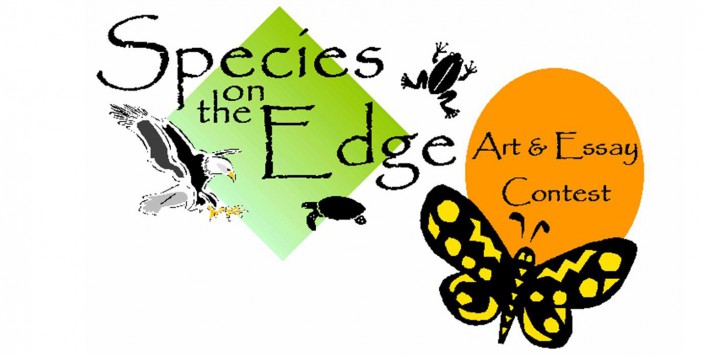
The Species on the Edge Art & Essay Contest empowers 5th grade students to advocate for an endangered or threatened species from New Jersey through a well-researched, creative essay and original art piece.
Simple, Fun, and Free to Enter!
Students may enter the contest with their class, or on their own.
One winner from each county in New Jersey will be selected.
Open to all New Jersey fifth grade students.


